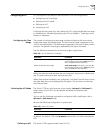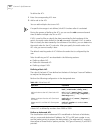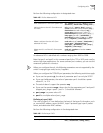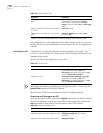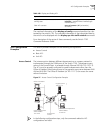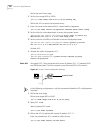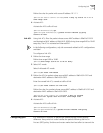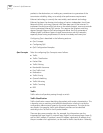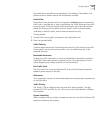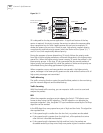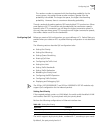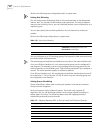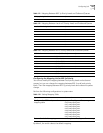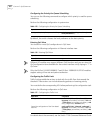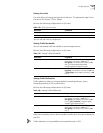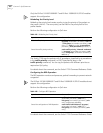
Configuring QoS 159
the classification standards are encapsulated in the header of the packets. The
packet content is seldom used as the classification standard.
Packet Filter
Packet filters filter network traffic. For example, the deny operation discards the
traffic that is matched with a traffic classification rule, while allowing other traffic
to pass through. With the complex traffic classification rules, Ethernet switches
enable the filtering of information carried in Layer 2 traffic to discard useless,
unreliable, or doubtful traffic, and to enhance network security.
To filter packets:
1 Classify the incoming traffic according to the classification rule.
2 Filter the classified traffic.
Traffic Policing
To deliver better service with limited network resources, QoS monitors the traffic
of the specific user on the incoming traffic, so it can make better use of the
assigned resources.
Bandwidth Assurance
Through the traffic reservation, a minimum bandwidth is reserved for specified
traffic flow. Even when network congestion occurs, QoS requirements such as
packet dropping ratio, delay, and jitter can also be satisfied.
Port Traffic Limit
The port traffic limit is the port-based traffic limit used for limiting the general
speed of packet output on the port.
Redirection
You can specify a new port to forward the packets according to your requirements
on the QoS policy.
Traffic Priority
The Switch 7750 can deliver priority tag service for special packets. The tags
include TOS, DSCP and 802.1p, etc., which can be used and defined in different
QoS modules.
Queue Scheduling
When congestion occurs, packets compete for resources. Strict-Priority Queue (SP)
algorithms overcome the problem.



